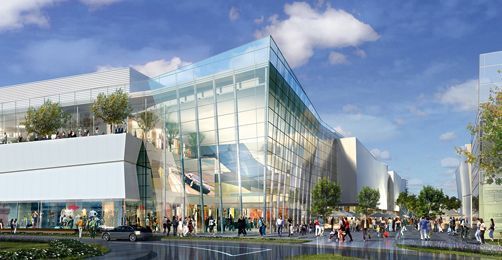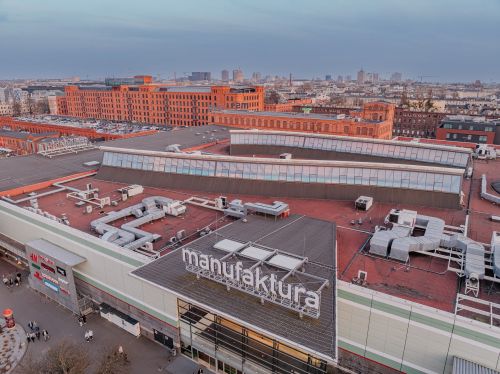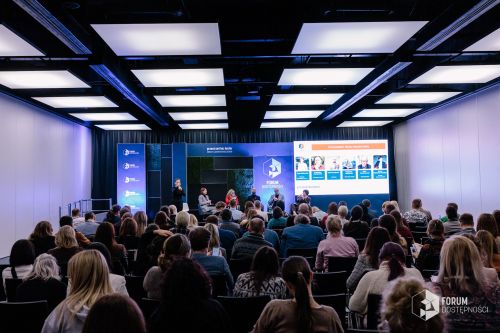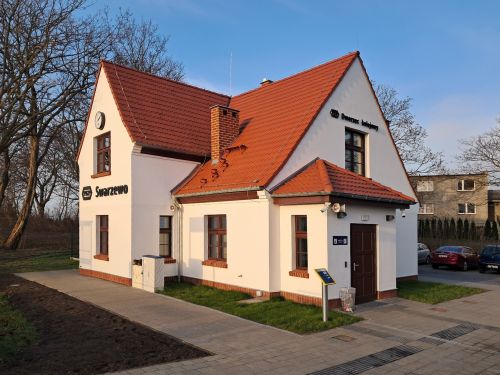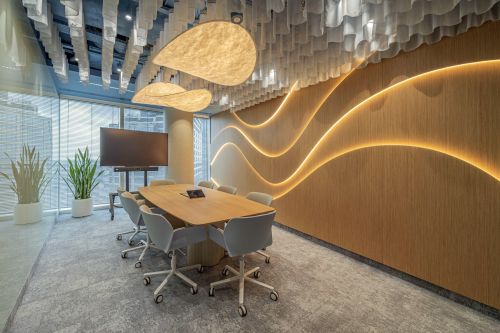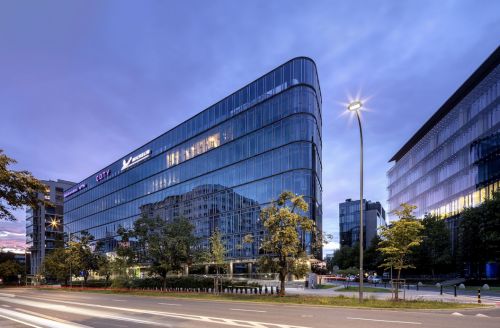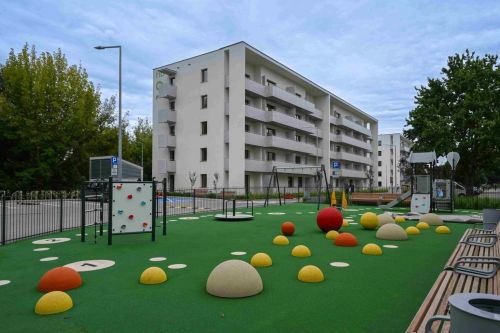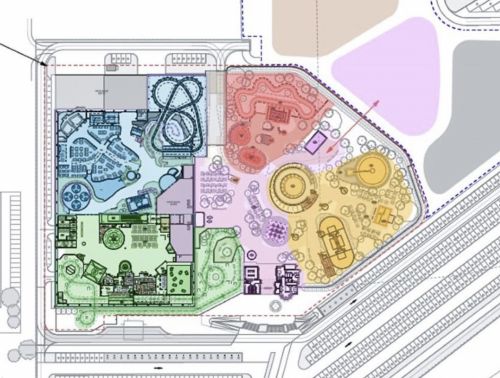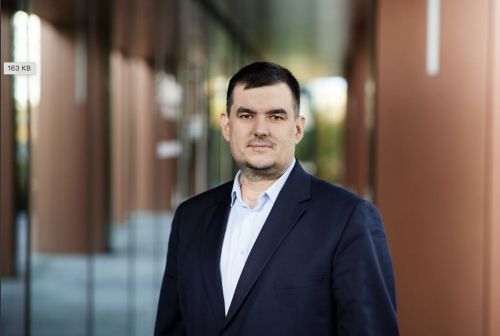Compared to other capitals in the CEE region, Warsaw’s retail market still has enormous growth potential. Developers have already sensed this and (more importantly) are putting plans into action to build even more. In Prague, where the market is saturated, most of the development activity will be in the form of modernisation. While in Hungary only the strongest investors have been left standing – and those who haven’t been scared off by government restrictions.Vigour on the VistulaThe Polish capital’s retail market is very much one that has yet to fully realise its potential. Out of the eight largest Polish cities, Warsaw has one of the lowest retail saturation levels – 444 sqm per 1,000 inhabitants. Only Szczecin and the Katowice conurbation are less saturated, while Wrocław has 721 sqm of retail space per 1,000 inhabitants. The capital city, therefore, remains very attractive for retail chains. Warsaw shopping centres now feature such international bran
